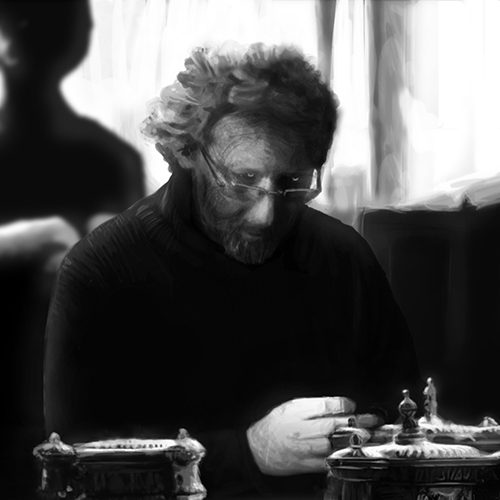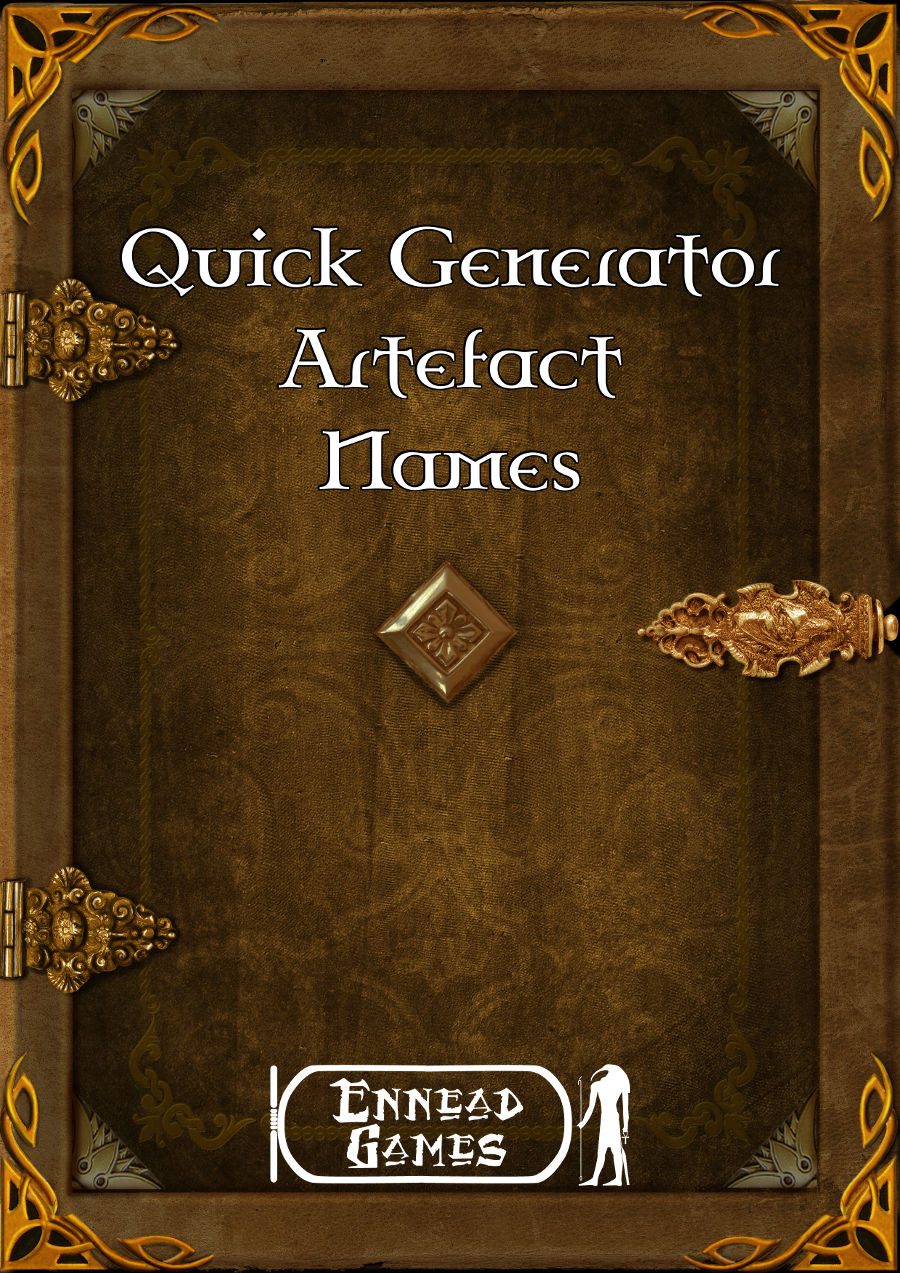
Love Sparks, Part 1: Dear GM . . .
Phil Nicholls blogs at Tales of a GM, where he writes about narrative gaming, faster prep and more story. He is currently running a HeroQuest Glorantha campaign in a home-brew setting. Phil has written for Johnn Four’s Roleplaying Tips newsletter and produced a selection of self-published pdfs.
This essay is taken from the archives at Tales of a GM.
The comprehensive Guidance chapter of Spark RPG is a wonderful source of GM advice from Jason Pitre. Today I want to highlight the section where Jason points out the love letter every Player writes to the GM.
Spark RPG
Spark is designed by Jason Pitre, and published by Genesis of Legend Publishing in 2013. This storytelling RPG spotlights building worlds and challenging the characters’ beliefs within those worlds. The introduction describes the game as follows:
The Spark RPG is about imagining, building, and exploring fictional worlds. It gives you all of the tools and guidance you need to create an evocative and engaging Setting. It shows you how to find inspiration and collaboratively build a world with your friends. Most importantly, it teaches you how to create a place that each of you find compelling.
The game is purpose-built to foster creating dynamic, custom Settings. You can work together to create a world that interests all of you, one that gives you a context for rich stories.
The Love Letter
So what is this love letter which appears in every single RPG? Jason has the answer:
Think of the character sheet as a love letter to the GM. By creating their characters, the players are expressing exactly what they are interested in playing with.
Yes, the humble character sheet is not just a reminder for the Player about what their character can do, along with assorted doodles in the margins. Any game where the Players has a controlling influence over the character creation process will produce a love letter to the GM.
Dear GM . . .
If the Player is making meaningful choices about the abilities of their character, then the sheet can be read by the GM as a love letter. Before considering what the contents of this veiled message to the GM means, it is worth looking at the necessary process of generation.
Crucially, the Player needs to be making meaningful decisions during the character creation process. The traditional D&D method of randomly rolling up stats involves no Player input. However, if the Player can assign these random values to the characteristics, then the GM can draw conclusions from the choices.
Likewise, if the choices presented to the Player involve unbalanced elements, then this has an effect too. I recall early editions of D&D where there were two “good” first level spells, and the rest were under-powered. Once again, this is not true freedom of choice. If the mechanics drive the Players towards a small number of optimum choices, then the Player is not really making a free selection.
Ideally, for the purposes of compiling a love letter, the rules should offer the Player a broad range of equally valid choices. Any rules set with a points-buy method is probably helpful in this area, assuming the costs are properly balanced. The same applies to any rules were the Players create their own abilities, such as FATE and my beloved HeroQuest.
Physical Challenges
So, if we assume the character creation process offers the Players plenty of valid choices, then the character sheet becomes a love letter. Whatever the Player puts on their character sheet is something they want to happen in the game. RPGs are very much about wish-fulfilment. Thus, if a Player creates a suave spy, or mighty-thewed barbarian, then they are also telling the GM what they want their character to be doing through the game.
This principle is clearest with regards to the way the character deals with physical challenges. If the barbarian character is focused on her great axe, bulging muscles and agility, then this presumes a particular style of play. To ensure the barbarian appears competent, the GM should present problems for the barbarian to solve with her axe. The Player telegraphs the style of game they expect by the way they build their character.
Philosophical Dilemmas
The principle of the love letter character sheet also applies to the moral issues faced by a Hero. This is more abstract than the physical challenges described above, but the clues can still be found on the character sheet.
Alignment in D&D has received a lot of debate and does not really help the GM here. Simply put, the categories are too rigid to be meaningful in the context of laying out the expectations of a Player. It really takes the broad categories of abilities in something like Fate, or Spark, to make this aspect really come to life. As Jason makes clear in the Spark GM Guidance chapter, the nature of the personality or moral conflicts referenced on the character sheet are a direct message to the GM. A moral stance attributed to a Hero is a topic the Player wants to explore.
For example, a Hero may take Lover of Xana as a trait. This tells the GM that the Player wants to explore the meaning of love as part of the game. The GM could achieve this by putting Xana into jeopardy, and seeing just how far the Hero is prepare to go to rescue her lover. Where does the Player draw the line for what they will do for love?
If the same Hero were to also have some sort of hidden identity, then the moral conflict for that character is clear. Playing one such trait off against another is a perfect way to require the Player to make tricky choices. Where do the Hero’s loyalties lie? Is it better to keep Xana in the dark for her own safety? Or should the Hero trust Xana and face the consequences of her indiscretion?
Reading the Letter
As with so many great ideas, it seems obvious once it is pointed out. This is true for the concept of the character sheet as the love letter to the GM. Clearly, Players want to have competent characters, as that is so much fun. This requires the contents of the character sheet to be relevant to the game.
The logic of the argument is clear, but needs a shift in mentality for it to trickle through to the game. A character sheet is not purely a mechanical document, the interface between the Player and the rules. It is also a wish list of abilities, a direct message to the GM about what the Player wants to do in the game.
Conclusion
Having established the character sheet as a love letter to the GM, I shall return to the topic next week when I consider how the GM can use this information. Nobody wants to send out a love letter and have it ignored. There are several ways in which the GM can make use of what the Players tell her on their character sheets.
What do character sheets mean to you as the GM? Do you even study the character sheets of your Players? Share your thoughts with your fellow GMs in the comments below.
Happy Gaming
Phil
For more essays from Phil, and updates about his latest campaign, visit Tales of a GM.




2 thoughts on “[Tales of a GM] – Love Sparks, Part 1: Dear GM . . .”
Comments are closed.